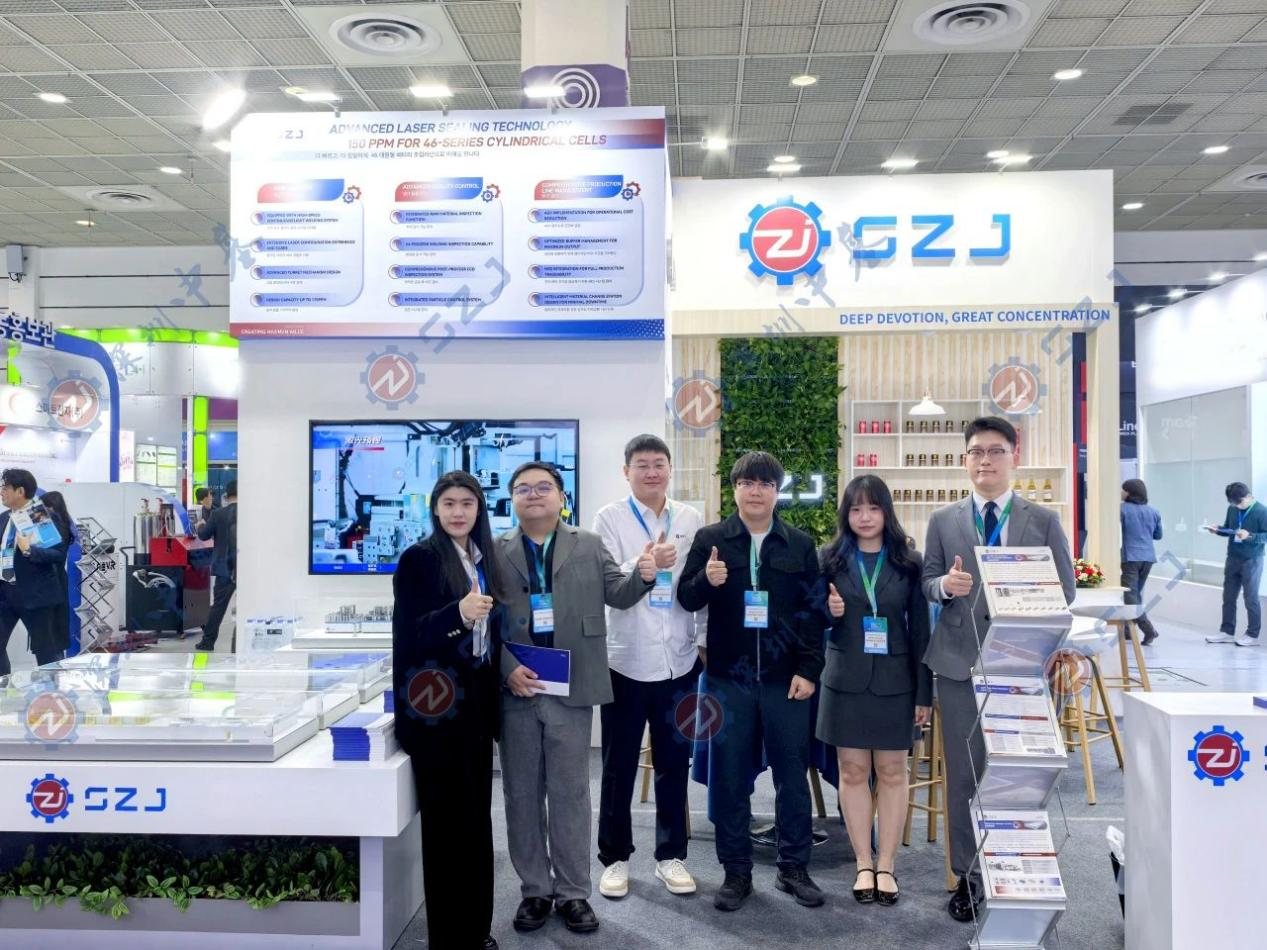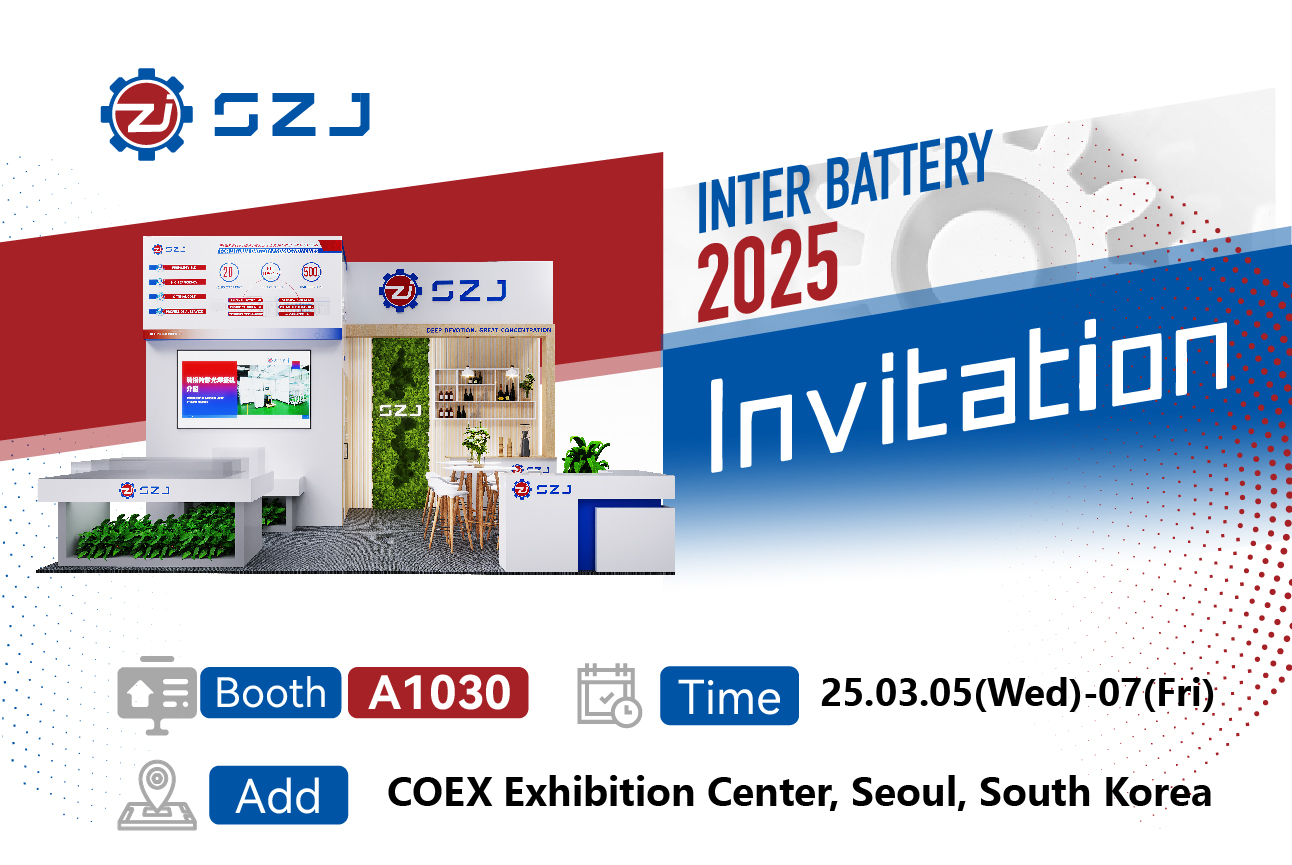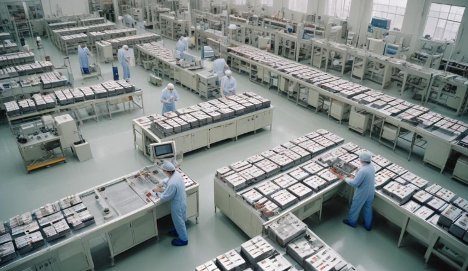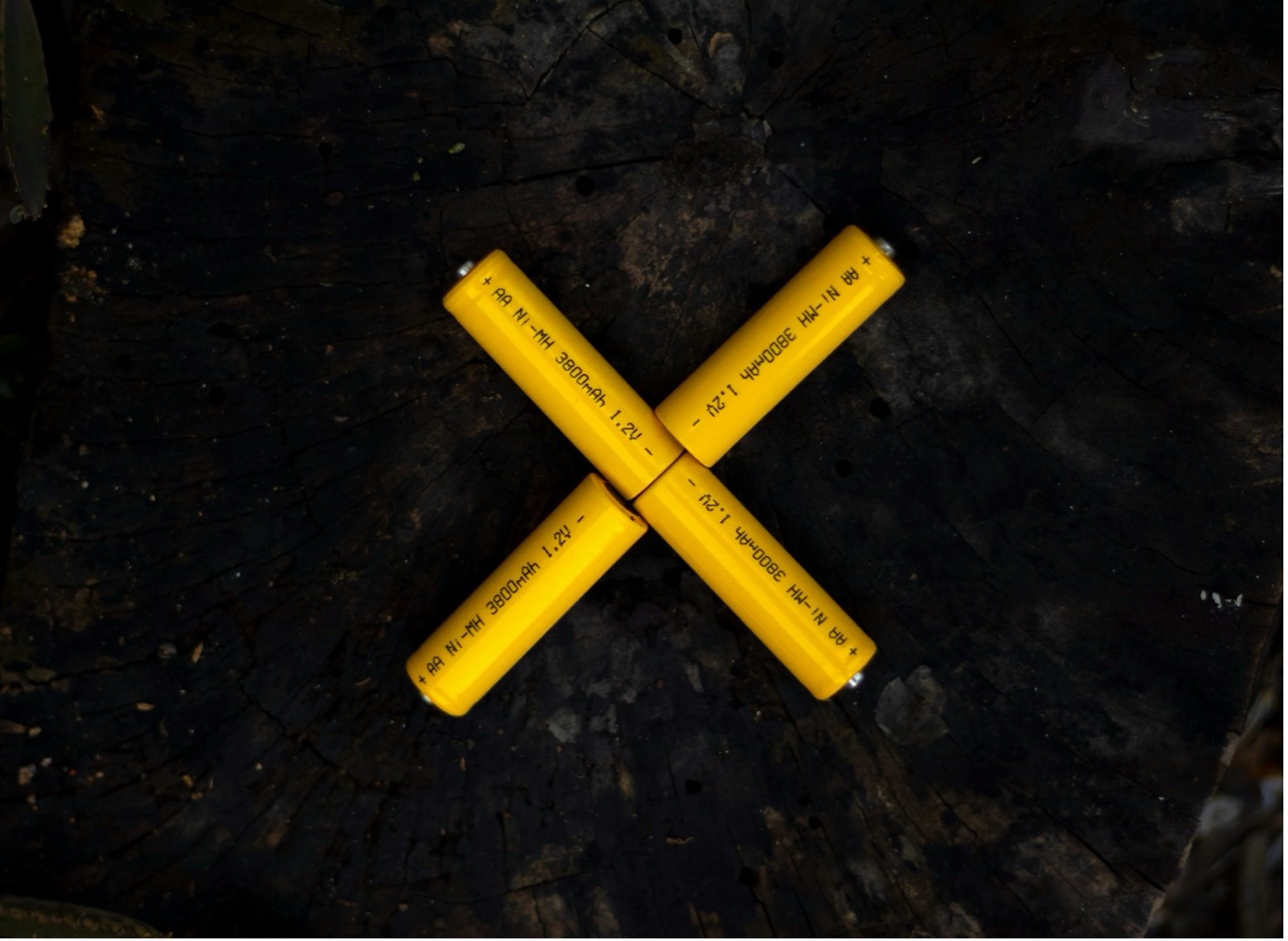
Lithium vs Lead-acid Battery: 4 Major Differences You Should Know
Lithium and Lead-acid batteries are both very popular. They have become deeply integrated into our everyday lives. These vital energy sources power everything from phones to cars. However, what are the key Lithium vs Lead-acid differences behind them? Understanding it allows us to better battery manufacturing and utilization for various needs. This Lithium vs Lead-acid guide explores four major distinctions between these battery types. (Copyright Photo from: https://www.freepik.com/free-photo/master-holds-smartphone-body-new-replacement-screen-tool-kit-repairment-white-table_11344280.htm#fromView=search&page=2&position=4&uuid=a67d3ed1-13bd-4a9e-99b0-337f73cd714c&query=fixing+phone+battery) Lithium and Lead-acid Battery: Chemical Substance Overview The chemical substance is a key distinction when comparing Lithium vs Lead-acid. Lithium-ion batteries use Lithium compounds. It is their primary chemical component. They typically contain Lithium salt electrolytes. They can be configured in various chemistries. Lithium Iron Phosphate (LFP) is a popular type. It is known for its stable performance. Lead-acid batteries use different chemical substances. Their primary active materials include lead dioxide and sponge lead. These batteries have been around for decades. They rely on a sulfuric acid electrolyte. Their design is traditional, but they are a staple in many applications. Differences Between Lithium-ion Battery and Lead-acid Battery Both battery types are leading options. Each has inherent strengths and weaknesses. LFP batteries have become popular in the Li-ion battery category. They embody modern technological advances. So here, taking LFP battery as an example, the following are 4 key differences in Lithium Iron Phosphate vs Lead-acid: Lasting Hours LFP batteries deliver a far longer lifecycle, which boasts about 10 times the cycle life of Lead-acid batteries under most conditions: LFP batteries can last up to 6000 cycles at 80% depth of discharge, while Lead-acid batteries typically last only 500 to 1000 cycles under similar conditions.[1] Some high-quality LFP batteries can even reach up to 10,000 cycles, depending on usage and maintenance.[2] These batteries can deeply discharge before requiring a recharge. Their extended durability is another





